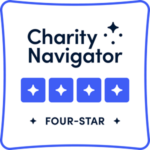You are here: Home › DELLTA › Experiential Learning Engaging in authentic arts experiences in dance and theater offers opportunities to combine cognitive, kinesthetic, and affective learning.
Learning in the arts is important for ELL students because it is:
• Inquiry-based. The artistic process is one of exploration and making choices that requires using imagination and higher order thinking skills, and allows students to participate in self-generated conversations.
• Experiential and kinesthetic. Students learn to communicate through body, facial, and vocal expression, and can express more complex ideas and understanding than their limited English capacities would allow.
Connections to language development:
• Language learning and art making are procedural
• Learners must be active participants
• Experiential learning helps learners construct meaning and communicate beyond the boundaries their limited command of English
The videos in this section show examples of experiential processes of learning in the arts.

The students in Jennifer Golonka’s dance class are beginning to choreograph in small groups. They invent movements and spatial pathways using language to negotiate and problem solve as they work. The dance-making provides an authentic opportunity for the students to communicate, and the supportive collaboration provides a safe space to try something new.
Tags: 19Q collaboration dance DELLTA ELLs grade 5
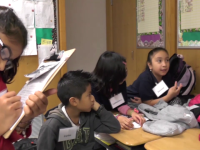
Teaching Artist Chris Heller collaborates with ESL and classroom teachers at PS 239Q to use a theme from the Social Studies curriculum “Conflict in America” to help students design tableaux and write short scenes they perform for their classmates. Students gain a deeper understanding of the theme of conflict, which is also essential to good […]
Tags: 239Q content extensions curriculum connections theater
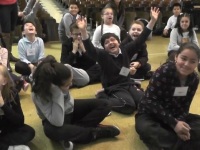
Teaching Artist Tarik Davis works with ELA teachers at PS 153q in Maspeth, Queens NY to help ELL students take risks speaking English through rehearsal and performance by saying “Yes, and…” in improvisation. By building details together and engaging in peer feedback, fourth grade students build original scenes for presentation.
Tags: 153Q grade 4 theater
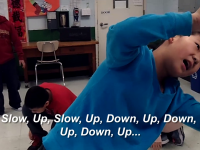
Jia-Xing is a first year English Language Learner at PS 20 in Queens. He is also a naturally gifted dancer. We see how, through his engagement with Teaching Artist Mei-Yin’s dance unit, his command of the English language greatly improves, and he becomes a leader among his peer group.
Tags: 20Q dance DELLTA ELLs grade 5
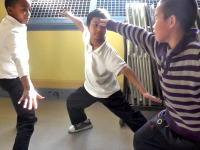
Students in Ms. Sarantakis’ 3rd/4th grade class are learning how to perform and create a movement canon. Three students – all beginner English Language Learners, and each of whom speaks a different first language – must work together to create a movement phrase and perform it in a canon. The boys use English, gestures and […]
Tags: 19Q clear criteria dance DELLTA ELLs small group work
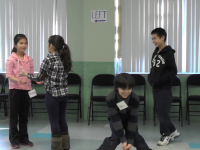
Teaching Artist Lindsay MacNaughton and the ESL teachers at PS 229 in Queens, NY share strategies for working with Beginner ELLs. Amanda, a recent arrival from China, is learning English through her participation in Ms. Lindsay’s theater class.
Tags: 229Q ELLs performance theater








